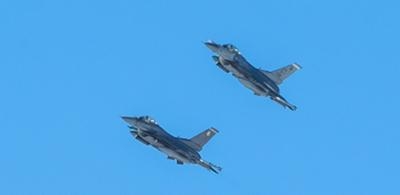Thu, Oct 30, 2025
Advertisement
More News
 ANN FAQ: How Do I Become A News Spy?
ANN FAQ: How Do I Become A News Spy?
We're Everywhere... Thanks To You! Even with the vast resources and incredibly far-reaching scope of the Aero-News Network, every now and then a story that should be reported on sl>[...]
 Aero-News: Quote of the Day (10.28.25)
Aero-News: Quote of the Day (10.28.25)
“The Coast Guard anticipates new aircraft procurements may be based off Sikorsky’s MH-60R aircraft, which is the maritime variant of the H-60 in active production. Diff>[...]
 ANN's Daily Aero-Linx (10.28.25)
ANN's Daily Aero-Linx (10.28.25)
Aero Linx: Classic Jet Aircraft Association (CJAA) The CJAA Formation and Safety Team (FAST) Mission is to be the sole authorized provider of formation training and certification f>[...]
 NTSB Final Report: Aviat Aircraft Inc A-1B
NTSB Final Report: Aviat Aircraft Inc A-1B
During A Low Pass Over A Gravel Bar, The Airplane’S Tailwheel Impacted An Area Of Rough, Uneven Terrain Analysis: The pilot reported that he was flying low-level over various>[...]
 ANN's Daily Aero-Term (10.28.25): Hold For Release
ANN's Daily Aero-Term (10.28.25): Hold For Release
Hold For Release Used by ATC to delay an aircraft for traffic management reasons; i.e., weather, traffic volume, etc. Hold for release instructions (including departure delay infor>[...]
blog comments powered by Disqus





